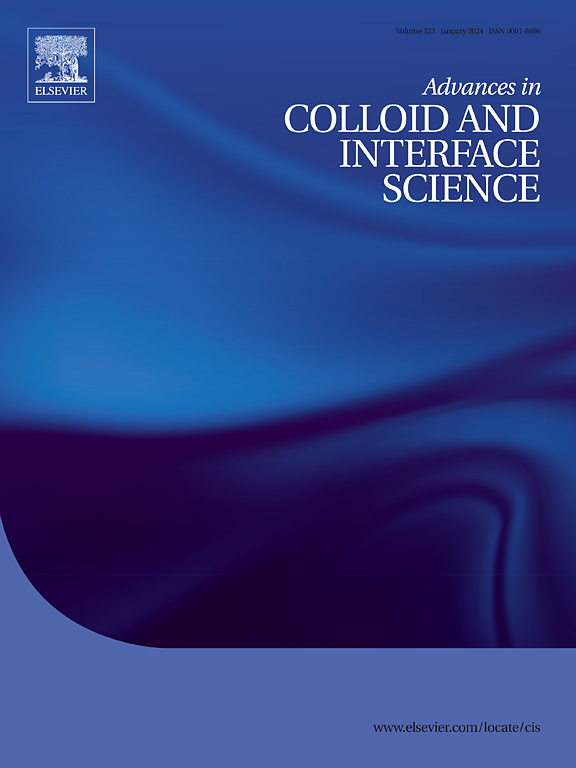Mechanisms for translating chiral enantiomers separation research into macroscopic visualization
IF 15.9
1区 化学
Q1 CHEMISTRY, PHYSICAL
引用次数: 0
Abstract
Chirality is a common phenomenon in nature, including the dominance preference of small biomolecules, the special spatial conformation of biomolecules, and the biological and physiological processes triggered by chirality. The selective chiral recognition of molecules in nature from up-bottom or bottom-up is of great significance for living organisms. Such as the transcription of DNA, the recognition of membrane proteins, and the catalysis of enzymes all involve chiral recognition processes. The selective recognition between these macromolecules is mainly achieved through non covalent interactions such as hydrophobic interactions, ammonia bonding, electrostatic interactions, metal coordination, van der Waals forces, and π-π stacking. Researchers have been committed to studying how to convert this weak non covalent interaction into macroscopic visualization, which has further understood of the interactions between chiral molecules and is of great significance for simulating the interactions between molecules in living organisms. This article reviews several models of chiral recognition mechanisms, the interaction forces involved in the chiral recognition process, and the research progress of chiral recognition mechanisms. The outlook in this review points out that studying chiral recognition interactions provides an important bridge between chiral materials and the life sciences, providing an ideal platform for studying chiral phenomena in biological systems.

将手性对映体分离研究转化为宏观可视化的机制。
手性是自然界的一种普遍现象,包括小生物分子的优势偏好、生物分子的特殊空间构象以及由手性引发的生物和生理过程。自然界中分子自上而下或自下而上的选择性手性识别对生物体具有重要意义。如 DNA 的转录、膜蛋白的识别和酶的催化都涉及手性识别过程。这些大分子之间的选择性识别主要是通过疏水作用、氨键、静电作用、金属配位、范德华力和π-π堆积等非共价相互作用实现的。研究人员一直致力于研究如何将这种微弱的非共价相互作用转化为宏观可视化,从而进一步了解手性分子之间的相互作用,并对模拟生物体内分子之间的相互作用具有重要意义。本文综述了手性识别机制的几种模型、手性识别过程中的相互作用力以及手性识别机制的研究进展。综述指出,研究手性识别相互作用是连接手性材料与生命科学的重要桥梁,为研究生物系统中的手性现象提供了一个理想的平台。
本文章由计算机程序翻译,如有差异,请以英文原文为准。
求助全文
约1分钟内获得全文
求助全文
来源期刊
CiteScore
28.50
自引率
2.60%
发文量
175
审稿时长
31 days
期刊介绍:
"Advances in Colloid and Interface Science" is an international journal that focuses on experimental and theoretical developments in interfacial and colloidal phenomena. The journal covers a wide range of disciplines including biology, chemistry, physics, and technology.
The journal accepts review articles on any topic within the scope of colloid and interface science. These articles should provide an in-depth analysis of the subject matter, offering a critical review of the current state of the field. The author's informed opinion on the topic should also be included. The manuscript should compare and contrast ideas found in the reviewed literature and address the limitations of these ideas.
Typically, the articles published in this journal are written by recognized experts in the field.

 求助内容:
求助内容: 应助结果提醒方式:
应助结果提醒方式:


